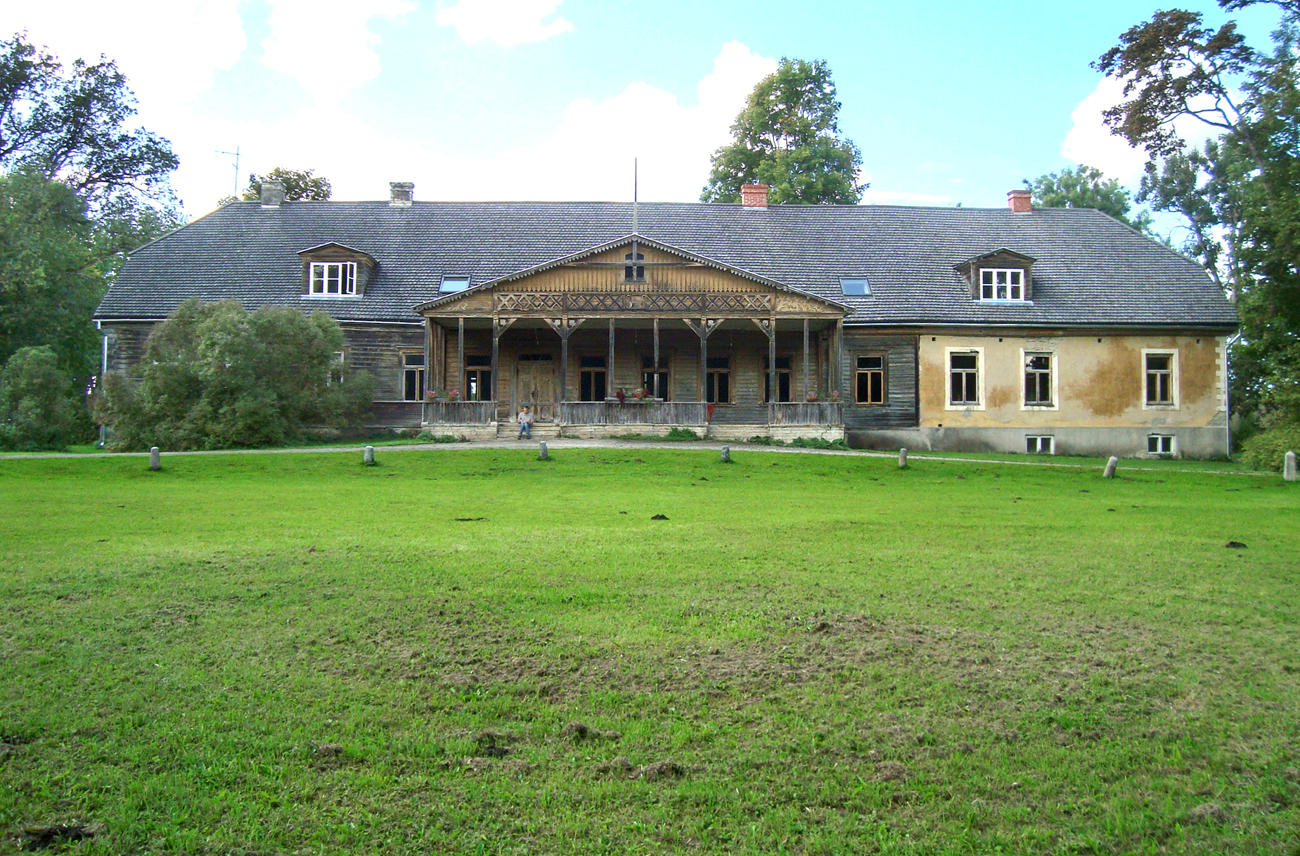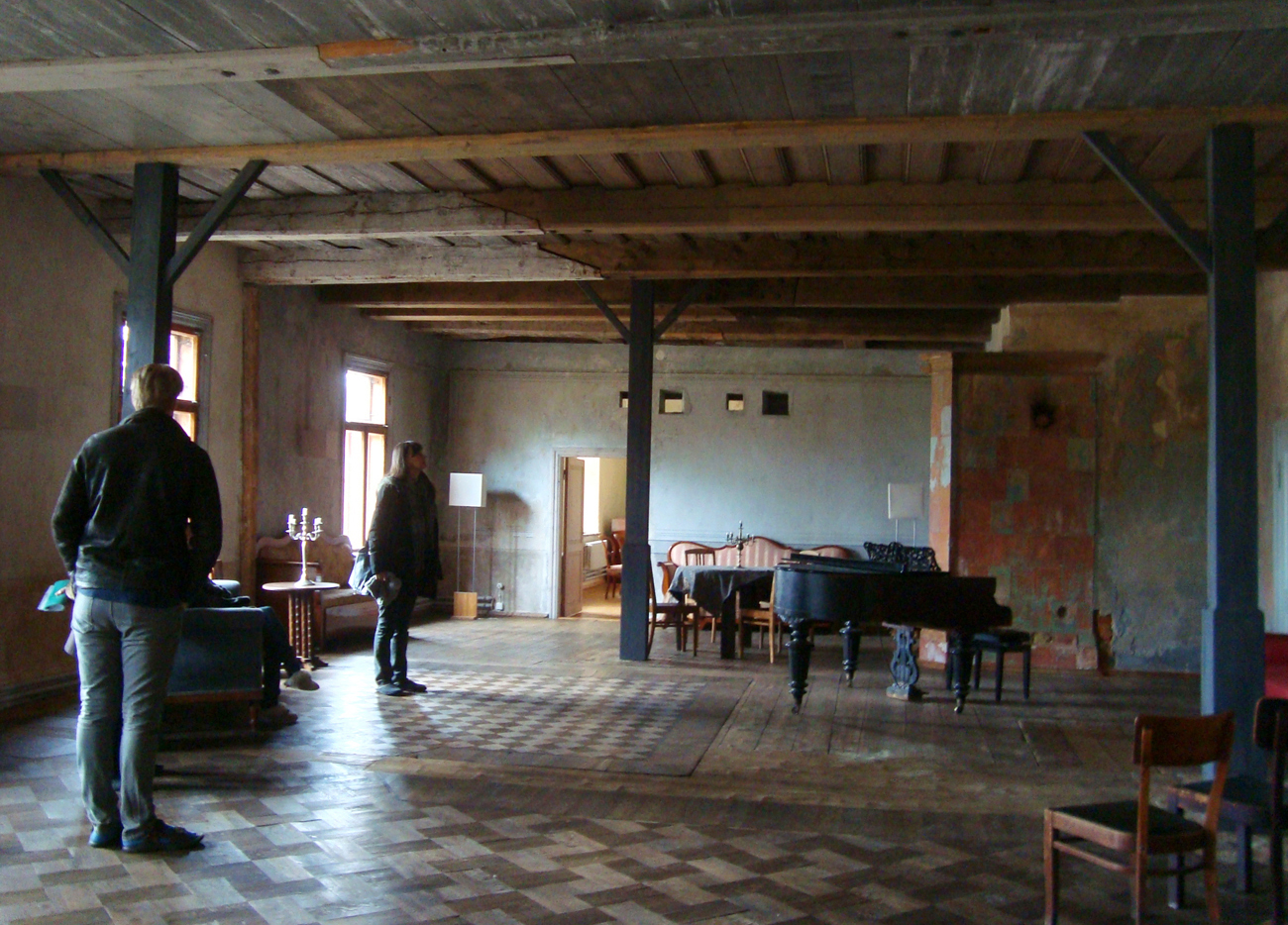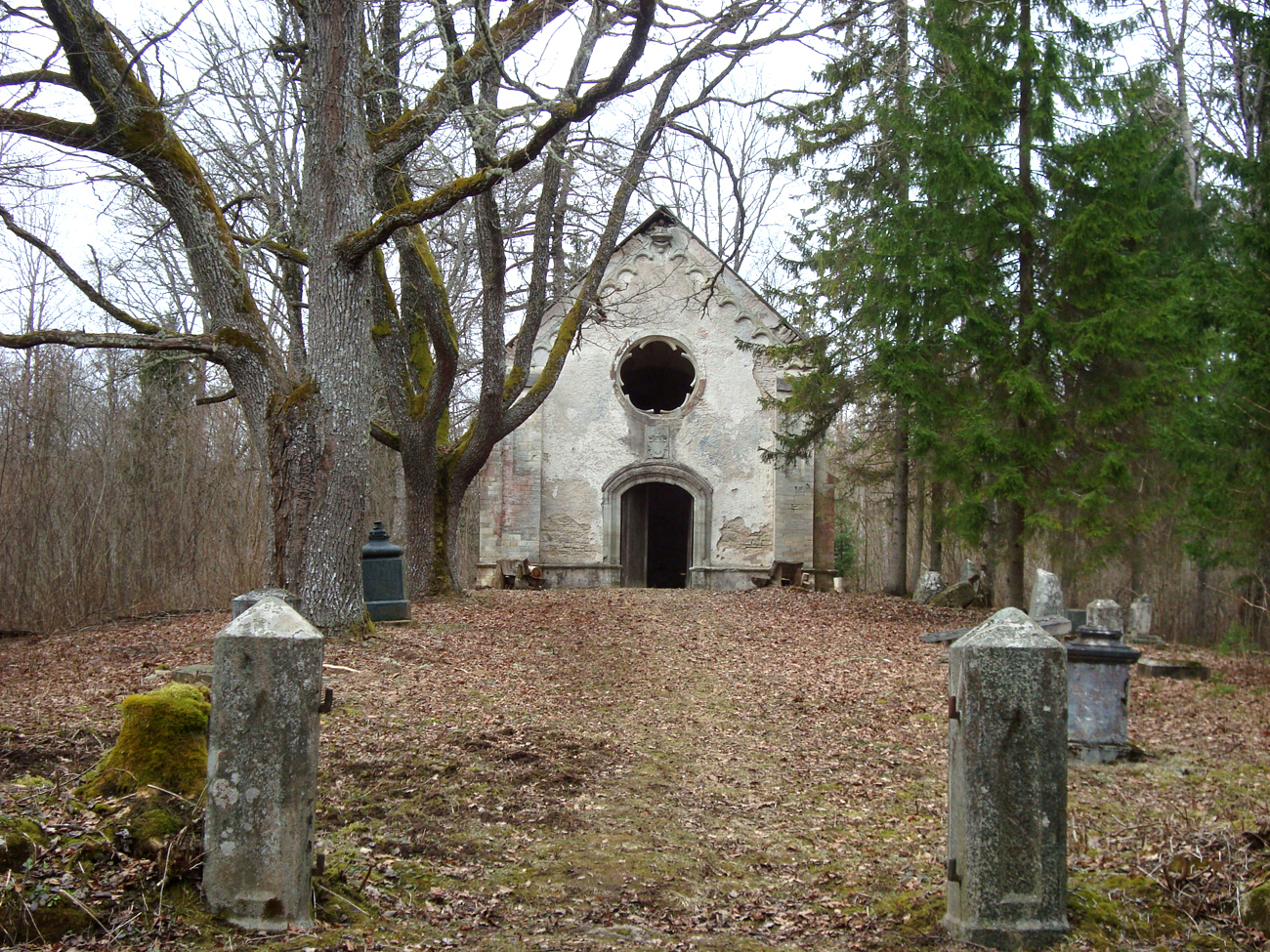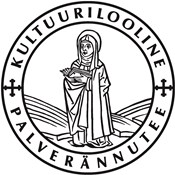Esna Manor

Esna Manor (Orrisaar in German) was founded by the Swedish Major General Alexander von Essen, who was granted land by the Swedish king in 1623. There was a village named Orisaare on this land. The name can be translated as Slave Island and, according to a folk legend, there used to be a wooden shack near the spring where the serfs slept. The Estonian-language name of the manor is a corruption of the von Essen family name.
The von Essens had possession of the manor for 126 years. In 1774 it was bought by Moritz Engelbrecht von Kursell, whose stepdaughter Anna Christina married Johann Georg von Grünewaldt, Lord of Koigi Manor in 1792. Now Esna Manor passed into the hands of the Grünewaldts, and was in their possession for more than 120 years.
The new manor house, which was completed in 1821, was quite modest-looking, on the other hand, the ancillary buildings were quite impressive. An English-style park was founded near the manor house. At the edge of the park there was a spring, the source of the Esna River, and later the river valley was dammed and a reservoir created.
The last lord of Esna Manor was Walter von Grünewaldt, Landrat and President of the Estonian Agricultural Society (1895–1904). He was remembered as a good lord. After the Estonian War of Independence the manor was expropriated and the lands were allotted to new farmers. The Grünewaldts are said to have lived on the manor until 1921. During the years of the Republic of Estonia a post office and a doctor’s surgery, as well as the local dairy had premises in the mansion.
In 2006 Esna landscape protection area of 225 ha was created which comprises the source of the river, the reservoir and the park.

Esna Manor is managed by a non-profit organisation called Esna Koda. The manor house has been renovated with good taste and care, and it is not overdone. The simple mansion has a veranda with carved decoration and doors with stylish rosette motifs. The fragile blue and pink flowers in the flower boxes on the veranda are like a fading memory. It is difficult to imagine what else could suit the place so well. Absolutely charming!
It is good to be here in silent surroundings. Your soul will find rest and your mind ease and refreshment. Just stop and breathe and look deep into yourself.
The concerts and performances in the manor house are held in the same mood. Kätlin Merisalu has described it well in her short essay ’Time Stops at Esna Manor’ published in the Roosna-Alliku paper Sõnumiallikas (No. 6, June 2014).
If possible, pilgrims can find lodgins here. Contact: esna@esna.ee

Von Grünewaldt family cemetery
Just behind the Esna manor house a path starts that leads across the meadow, the river and along a forest path to Kabelimägi (Chapel Hill) where the von Grünewaldt family cemetery is situated. When you reach it after about twenty minutes’ walk, the old chapel with its small cemetery seems like an island of calm and peace amid the sprawling wildlife.
The founding of the cemetery was a grand undertaking. The chapel in the Neo-Gothic style was designed by the well-known Baltic German artist Friedrich Ludwig von Maydell and was built in 1832–1842. Both native and non-native species of trees were planted in the cemetery. Of non-native species we should mention old Siberian and Dunkeld larches. In 1987 two trees of either species were still growing, and the Dunkeld larches here were reportedly the thickest of their kind in Estonia. Although I am not a specialist, I spotted a fine larch in the overgrown thicket. Perhaps it was one of those old trees I mentioned?
The door to the chapel is always open. Above the door below the rose window there is the Grünewaldt coat of arms. Around the chapel are the graves of the Grünewaldt family members from Esna and other manors that had belonged to them.
The beautifully sculptured gravestones have been brutally vandalised by heartless people. Luckily there are people with a heart. They keep the chapel clean, and go and light the candles. If you light a candle you will feel the spirit of the place slowly moving inside you. All kinds of thoughts will bubble up.
The legend says that there was a sacred grove on the hill, so that the cemetery is on an ancient sacred place. Surely, the presence of spirits can be sensed.
Daila Aas, June 2015
Sources
Alo Särg, „Järvamaa mõisad ja mõisnikud”, kirjastus „Argo”, Tallinn, 2005.
„Arad veed ja salateed. Järvamaa kohapärimus”, koost. Mari-Ann Remmel, Tartu, 2004.
„Järvamaa. Loodus. Aeg. Inimene”, koostajad Taavi Pae ja Henn Sokk. Eesti Entsüklopeediakirjastus, Tallinn, 2007.
http://www.eestiloodus.ee/artikkel2728_2720.html
https://register.muinas.ee/public.php?menuID=monument&action=view&id=15122
https://www.folklore.ee/radar/story.php?area=Peetri&id=1819
http://www.eestiloodus.ee/artikkel2728_2720.html
